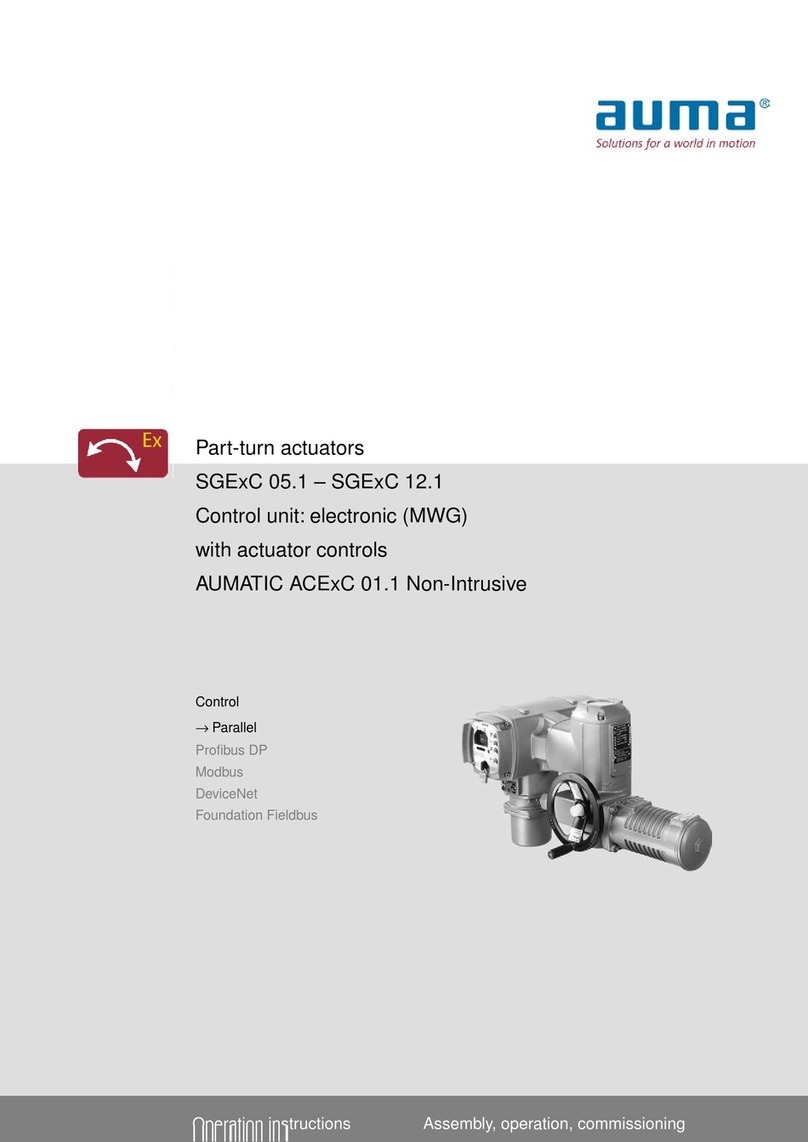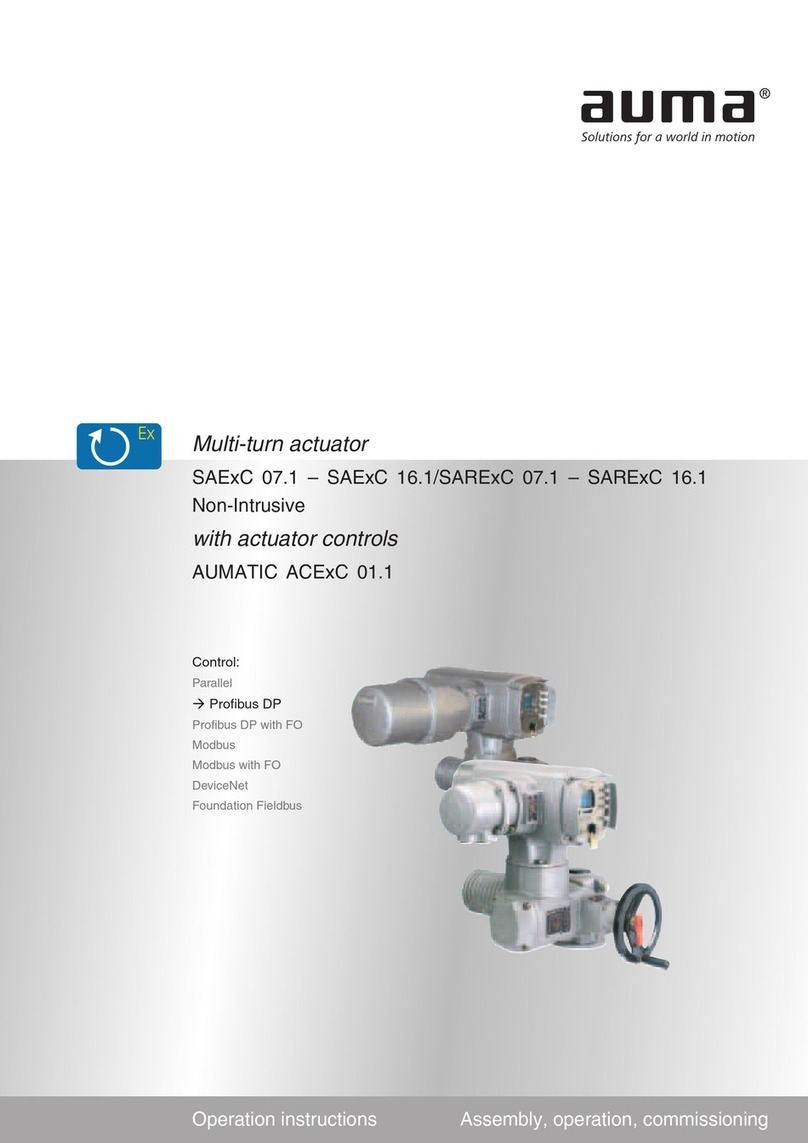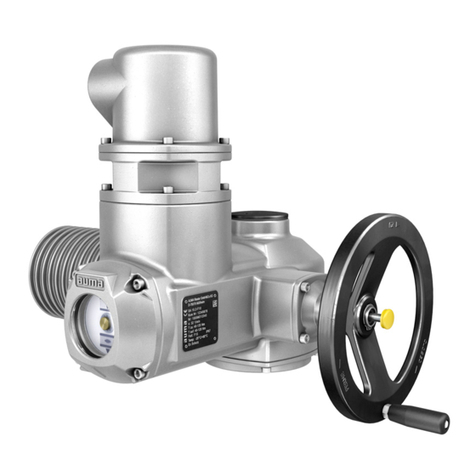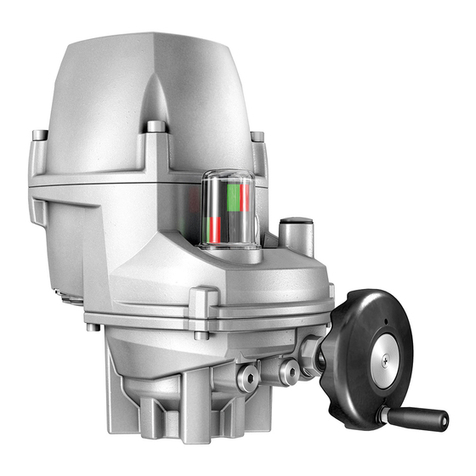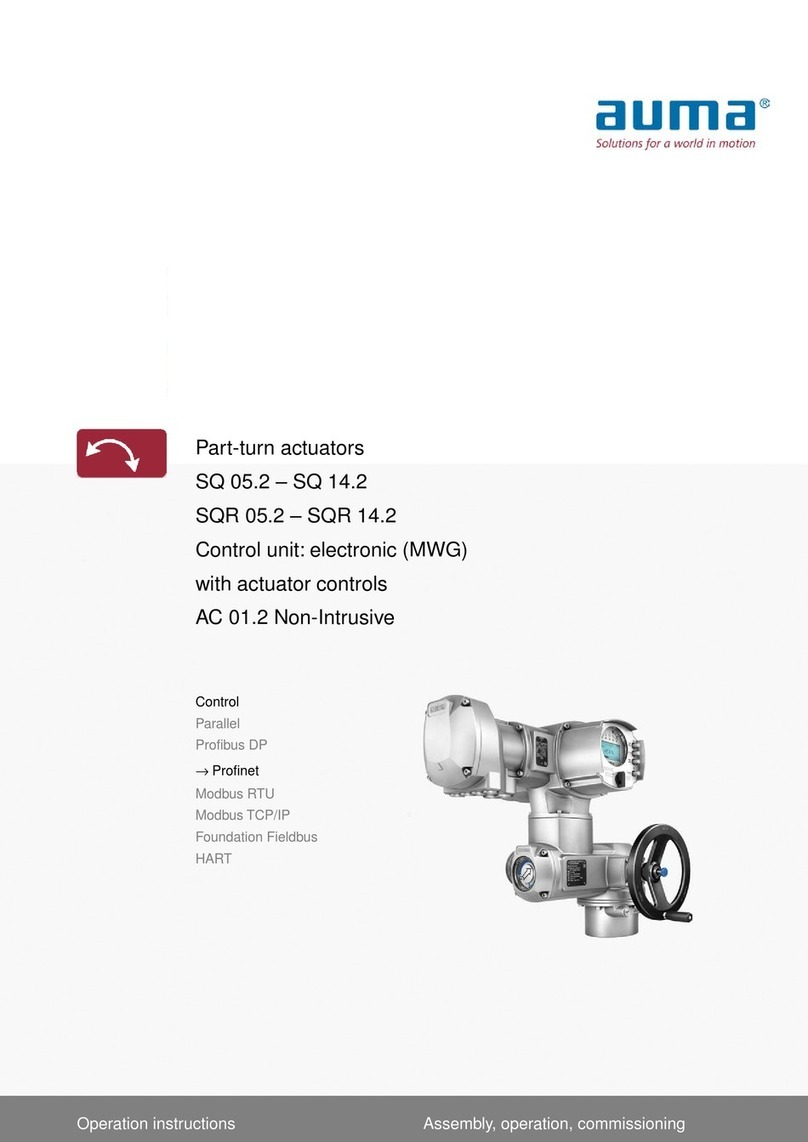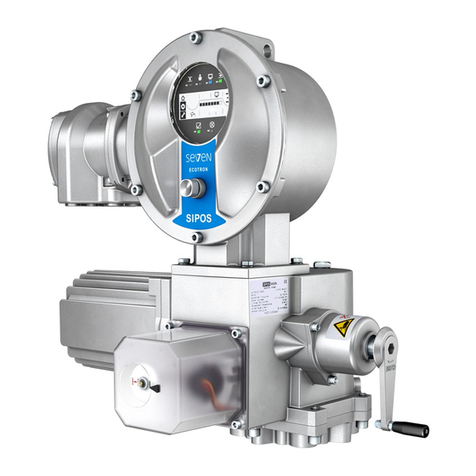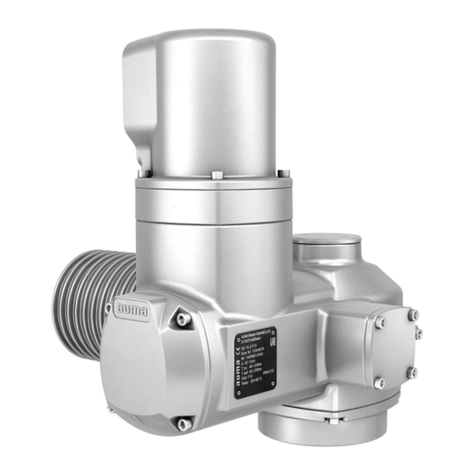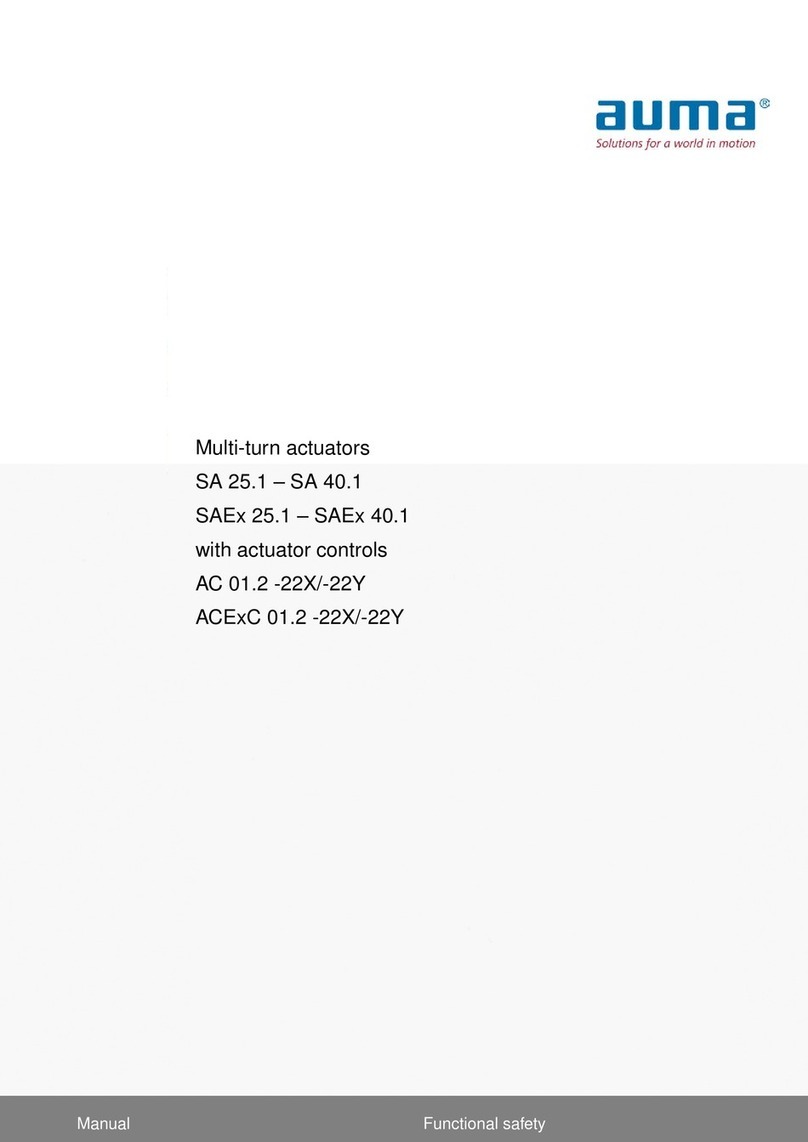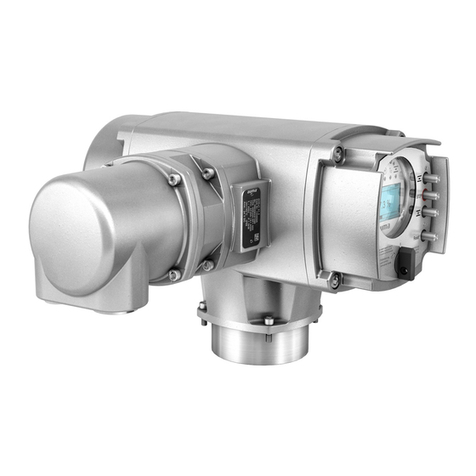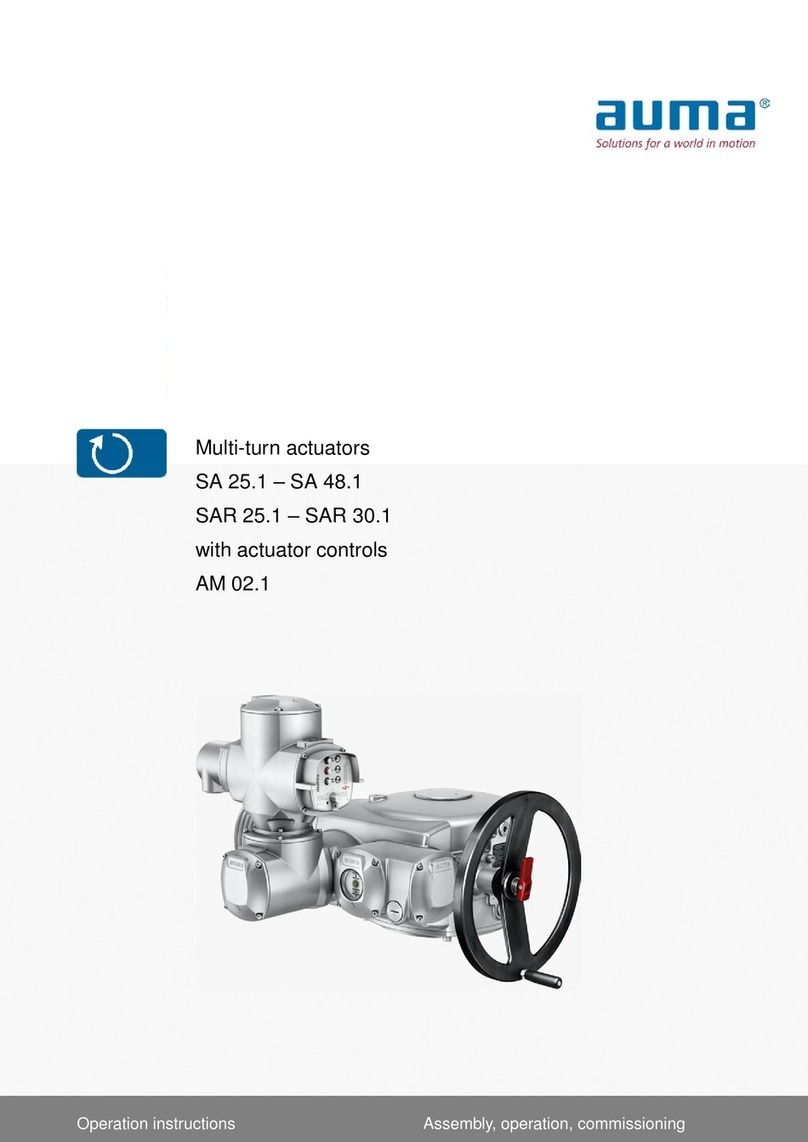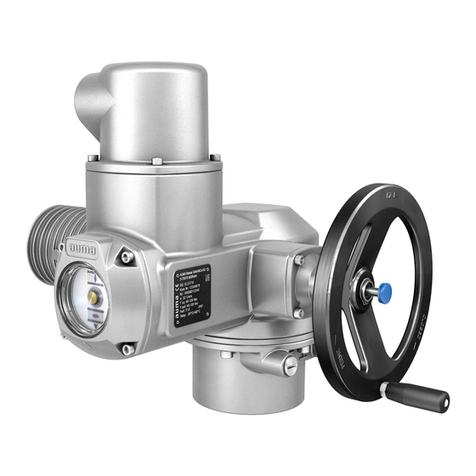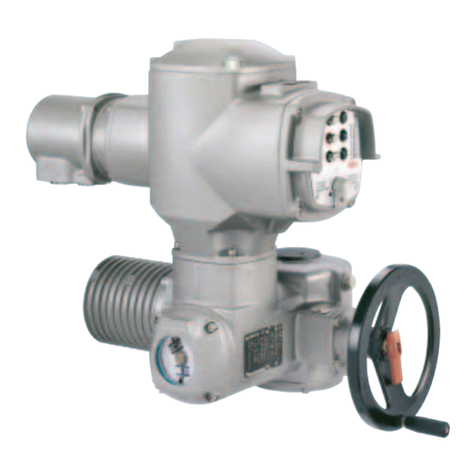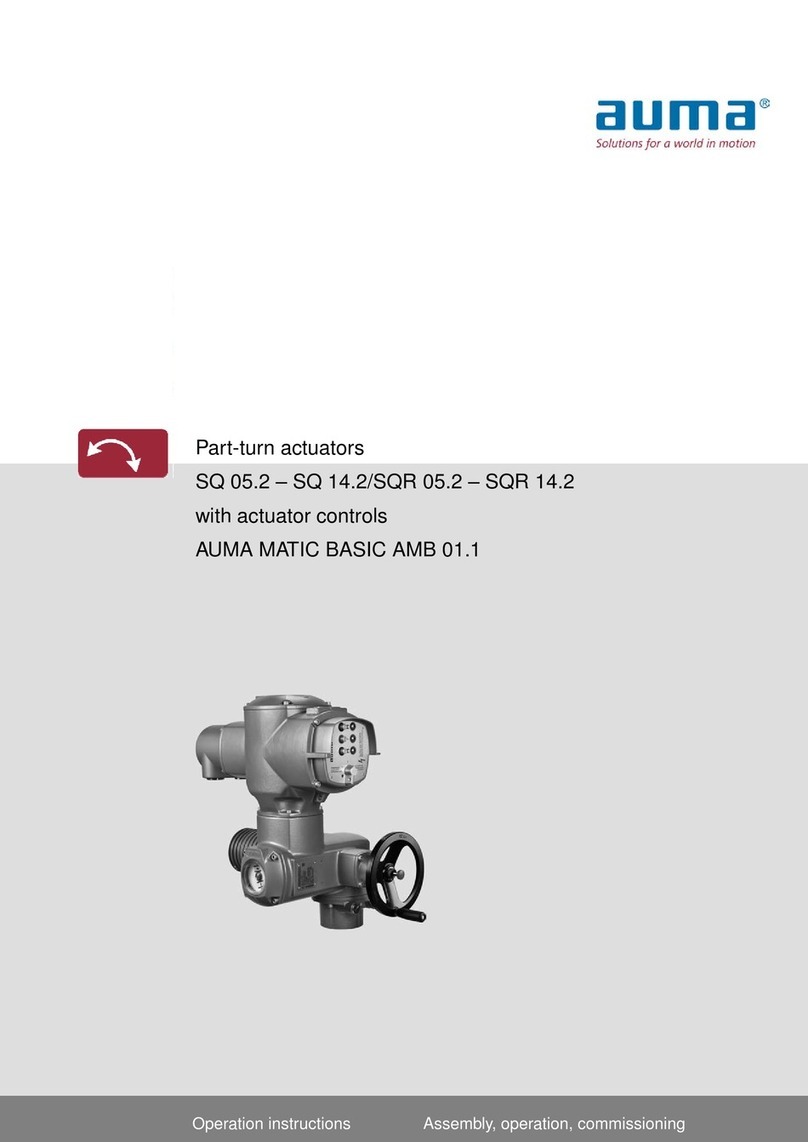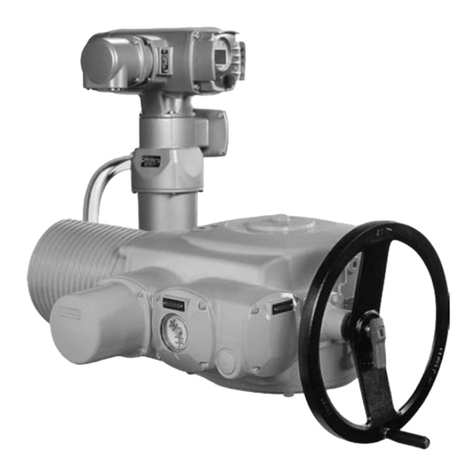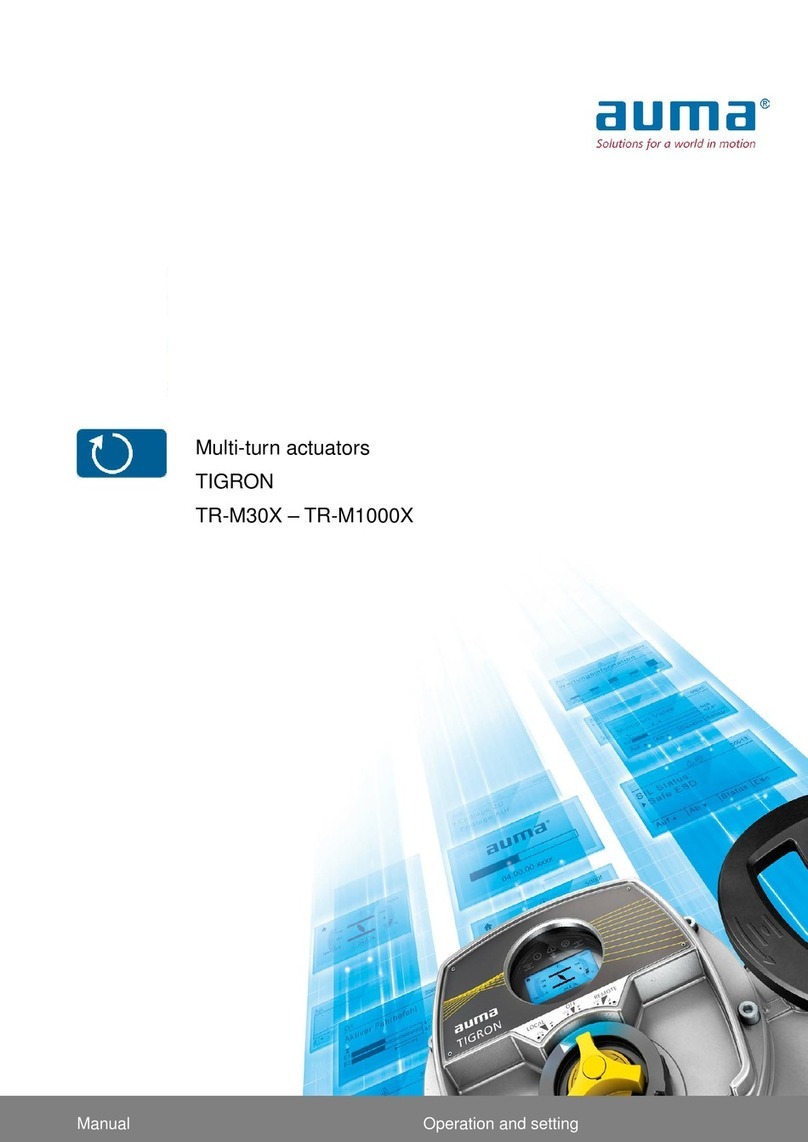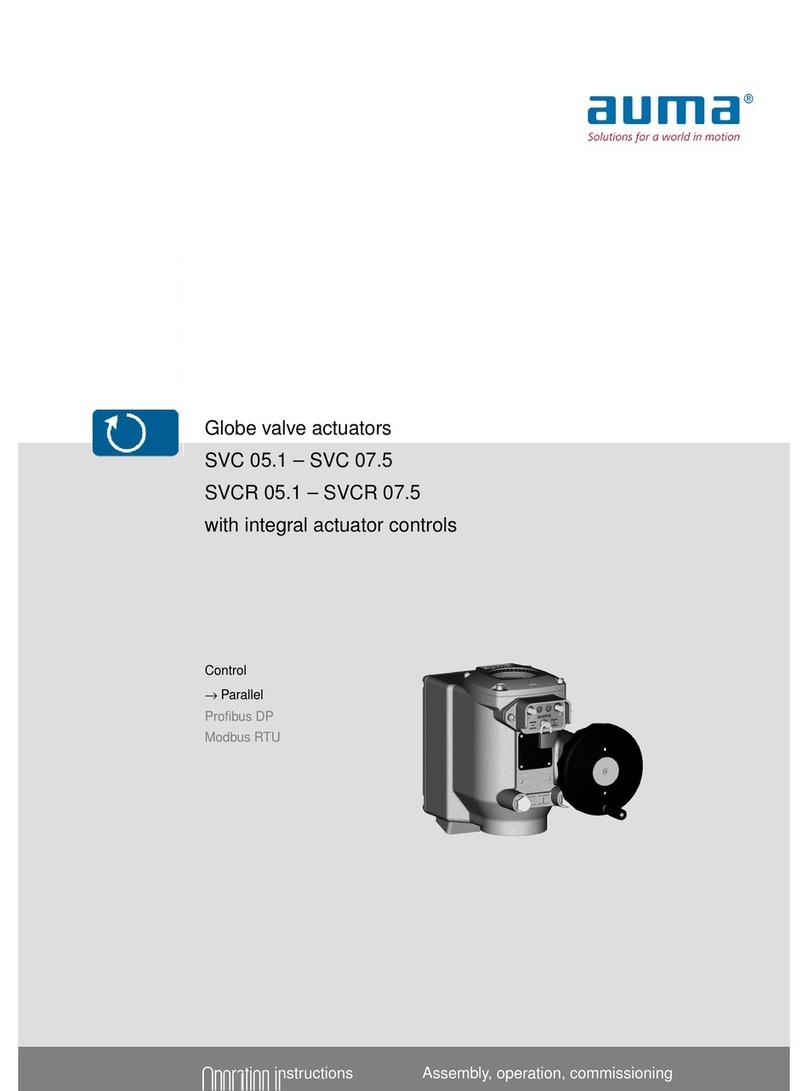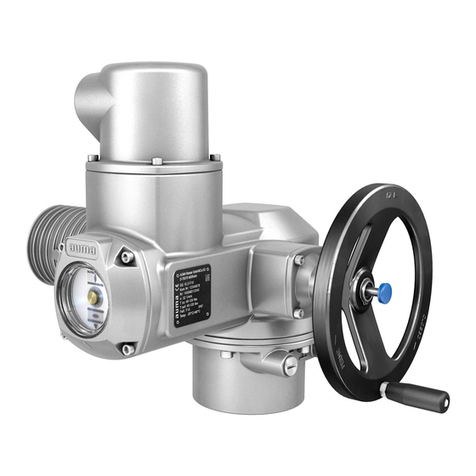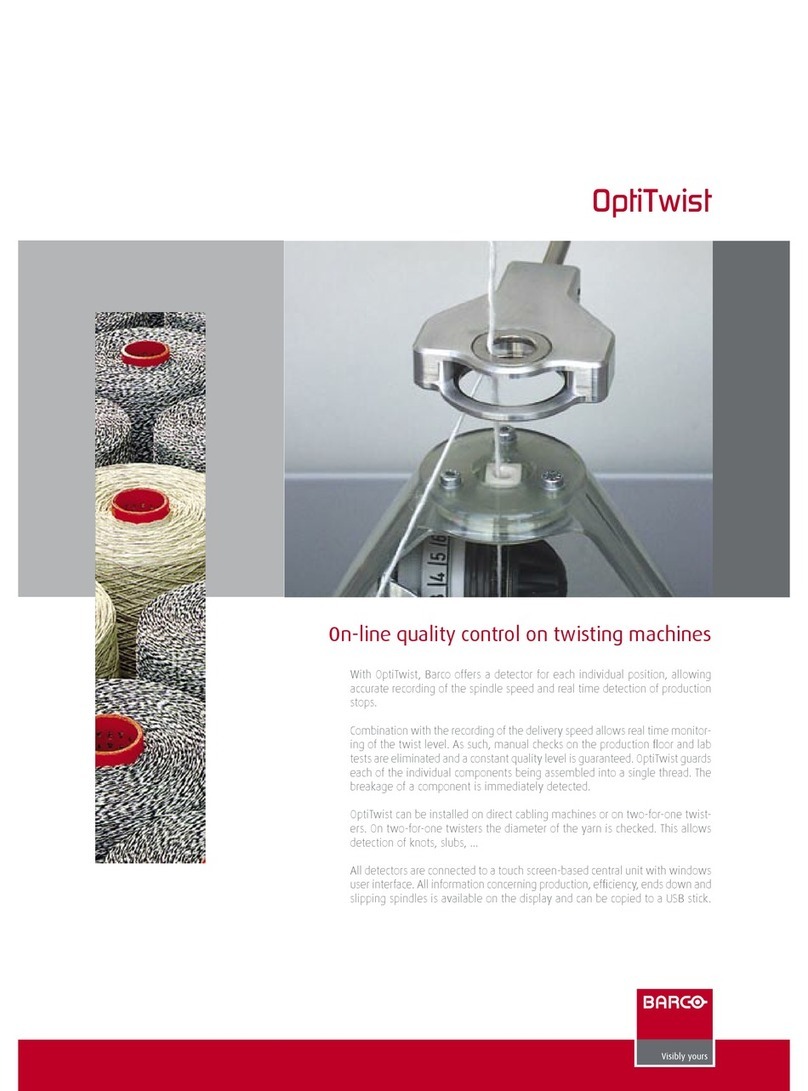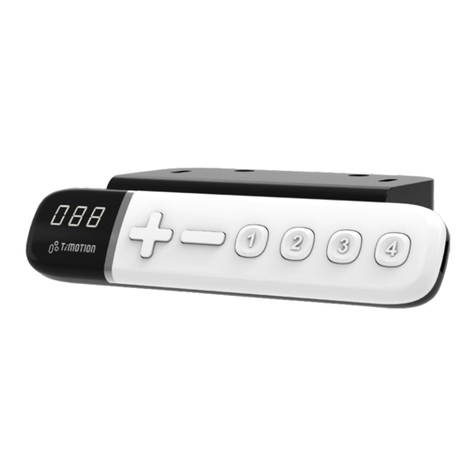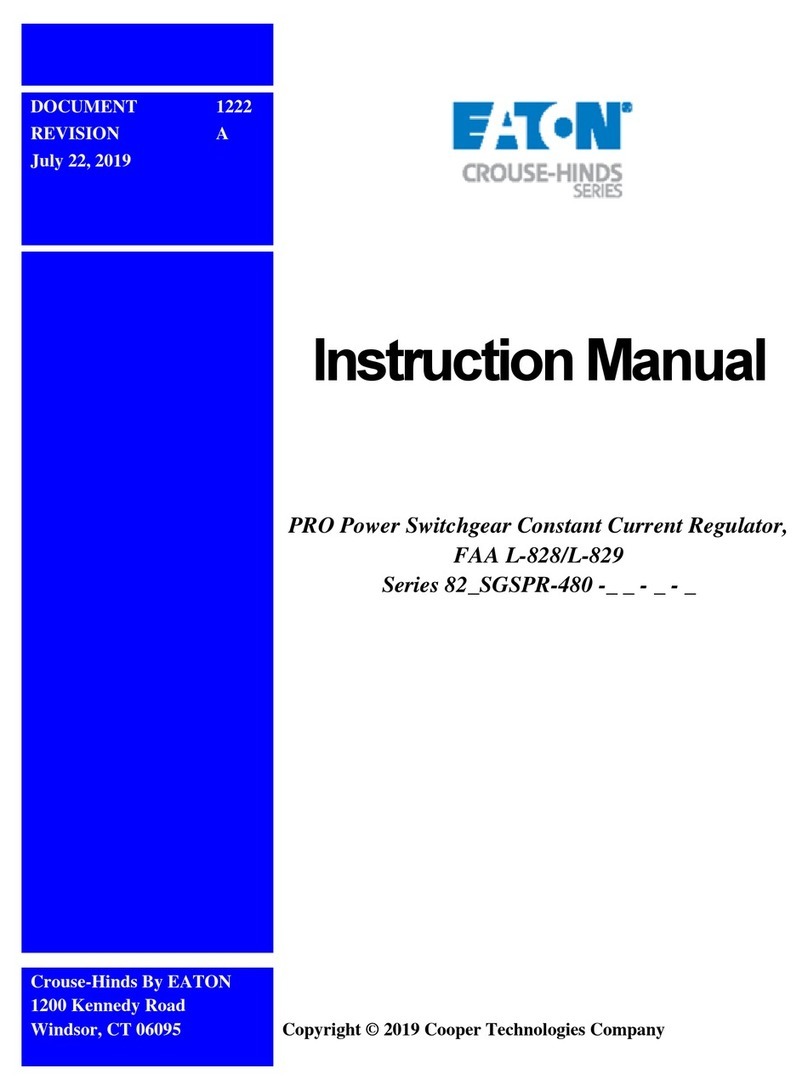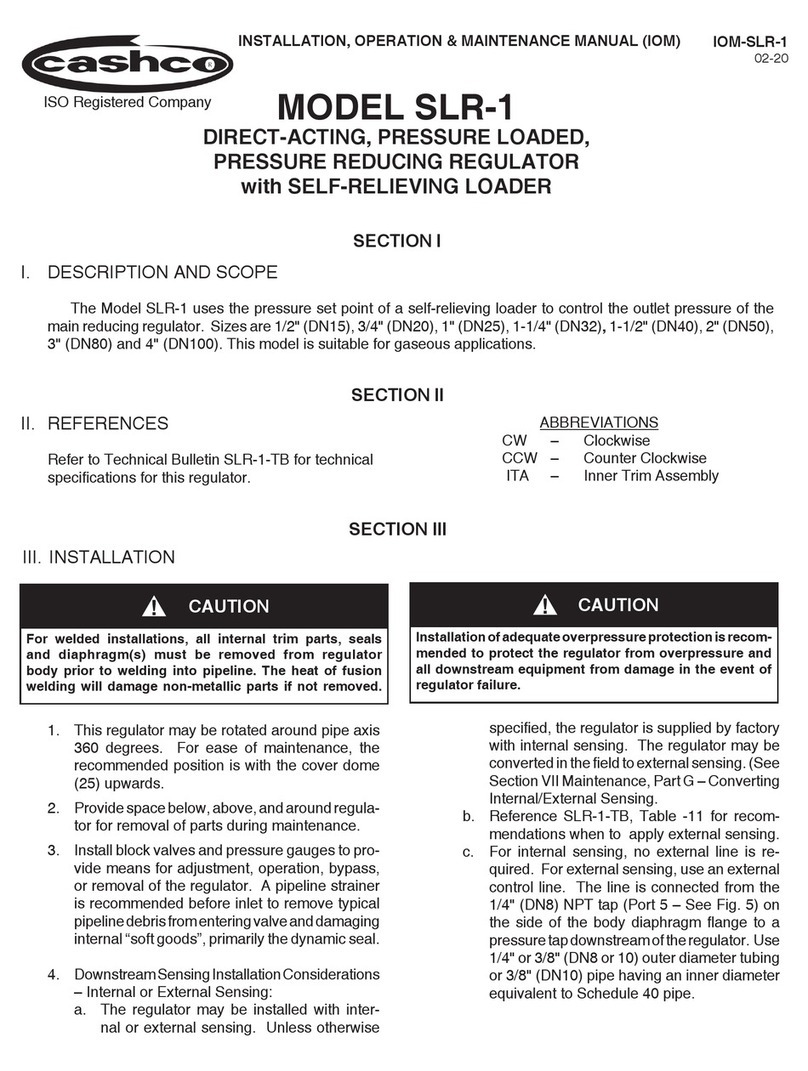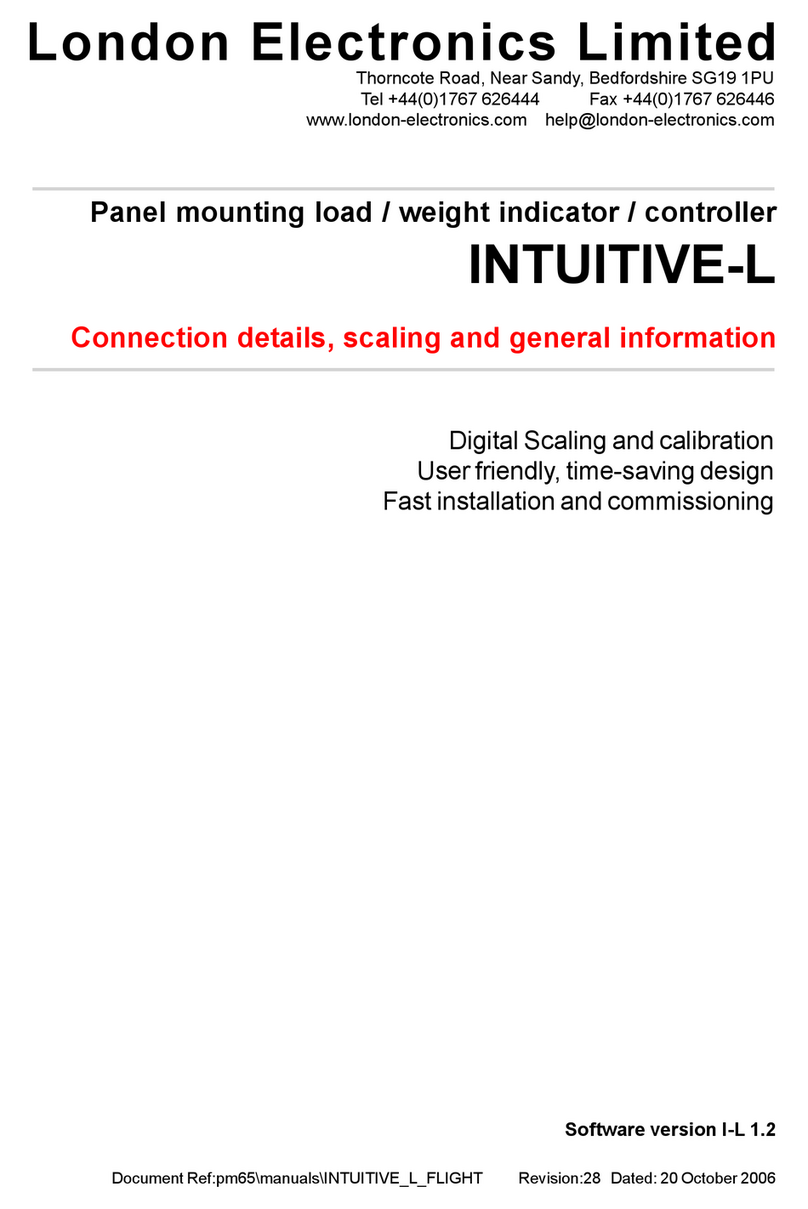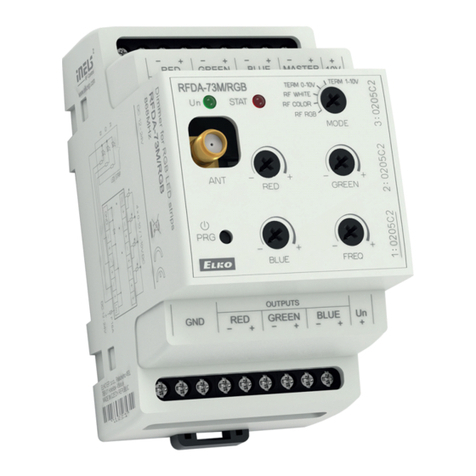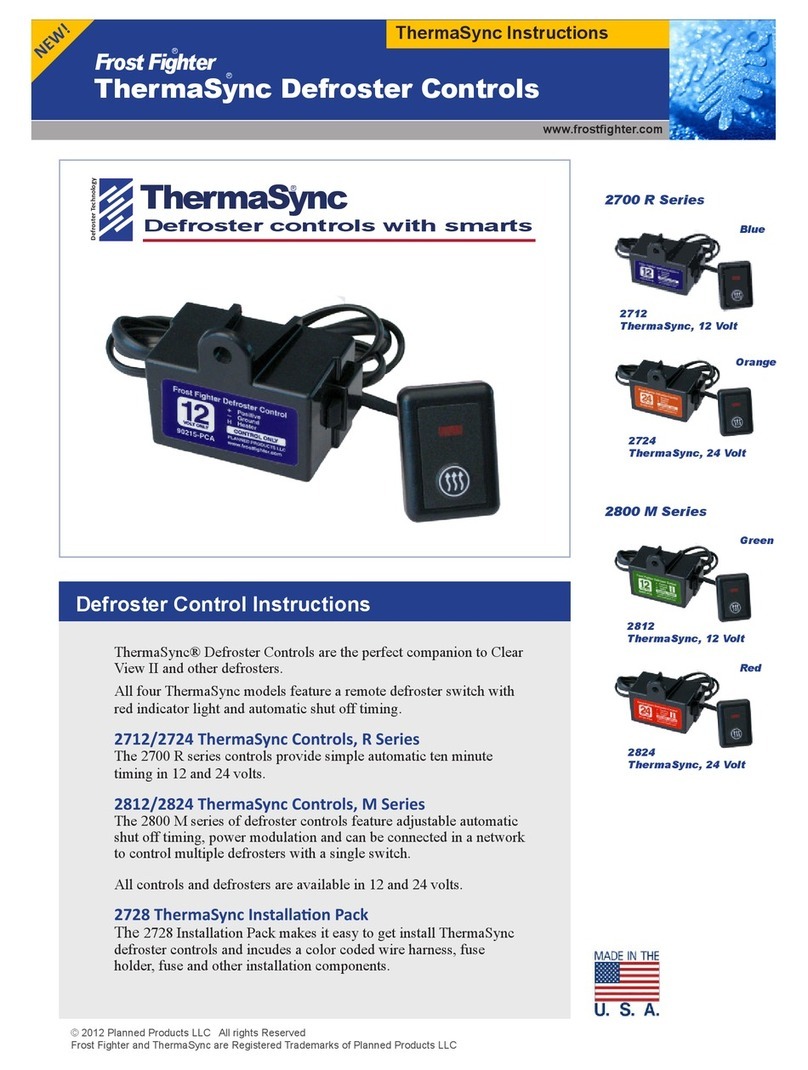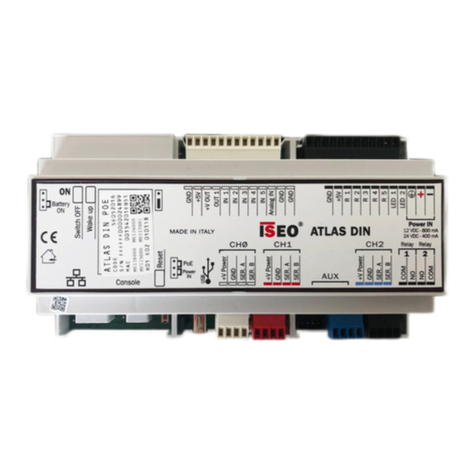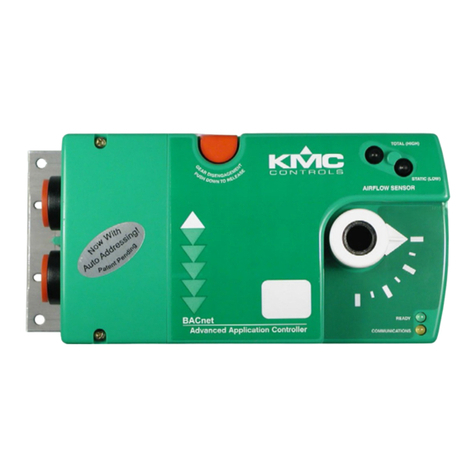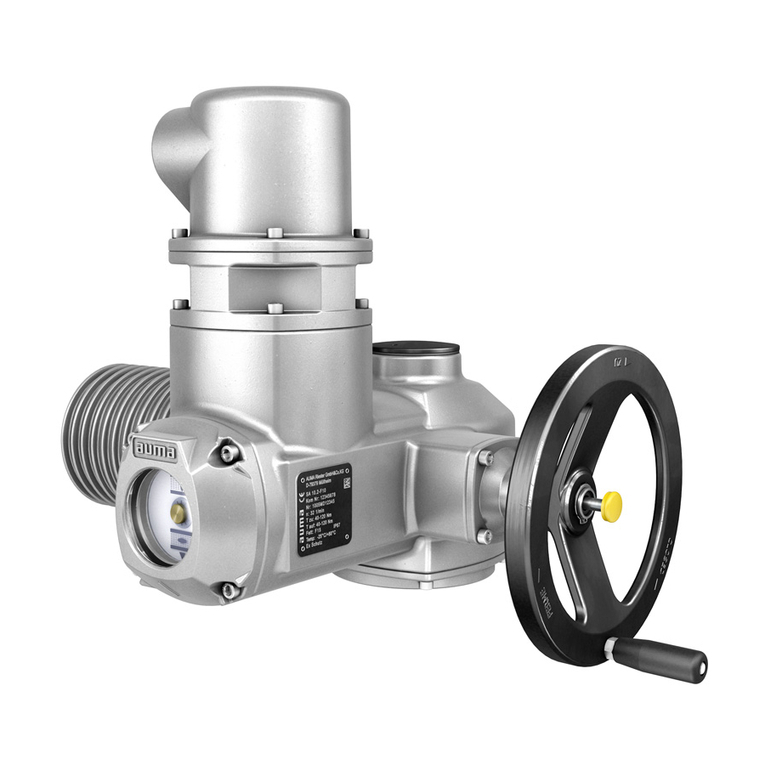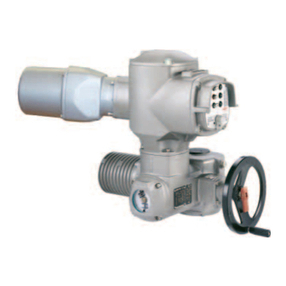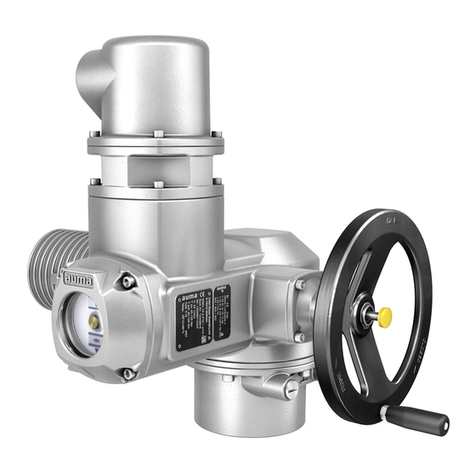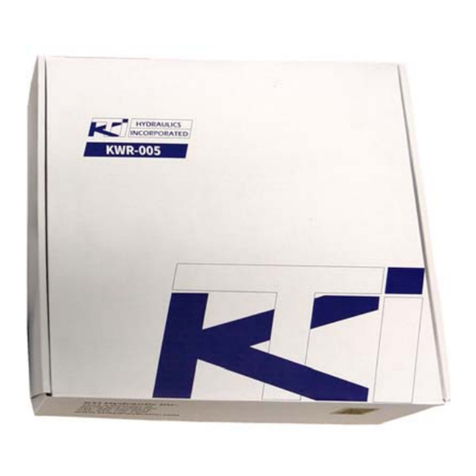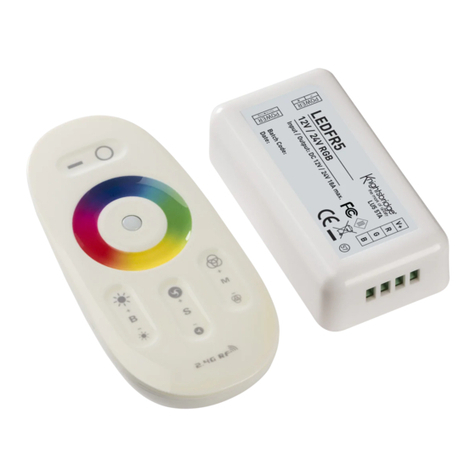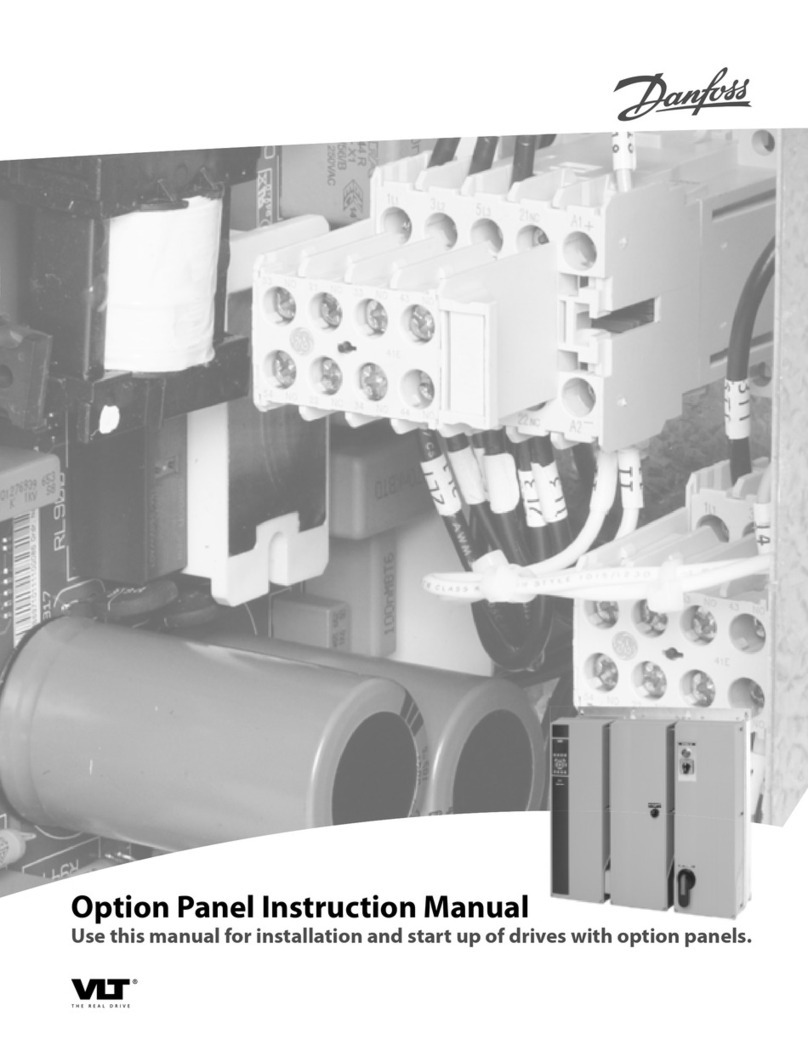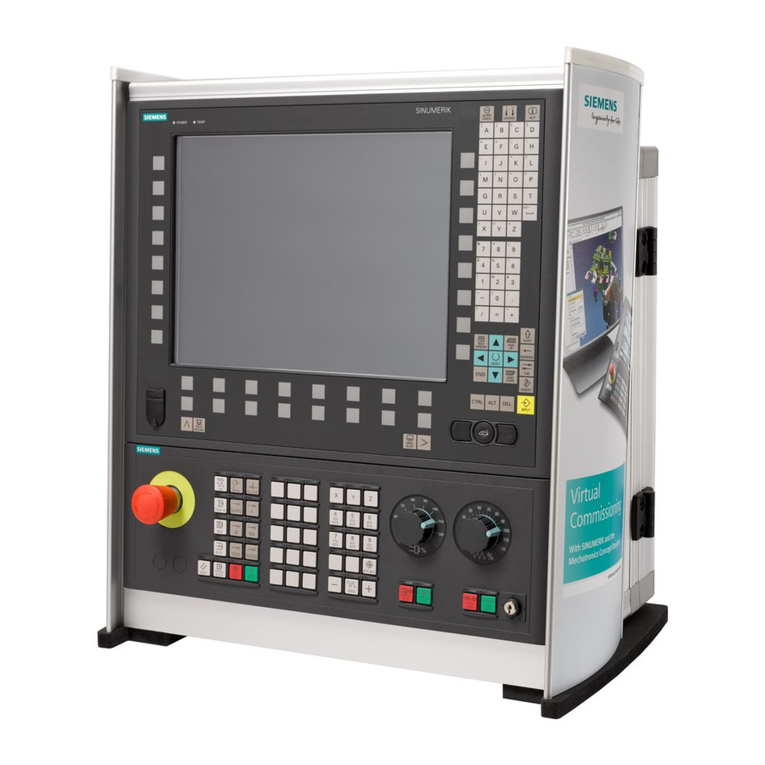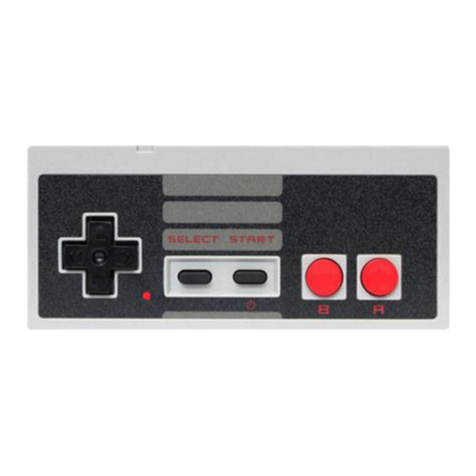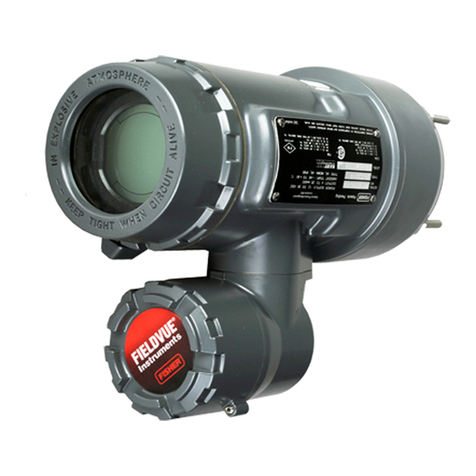
Safety instructions
4
1Safety instructions
1.1 Prerequisites for safe handling of the product
Standards/directives The end user or the contractor must ensure that all legal requirements, directives,
guidelines, national regulations and recommendations with respect to assembly, elec-
trical connection, commissioning and operation are met at the place of installation.
Depending on the actuator version, this includes:
• Configuration guidelines for the respective fieldbus or network applications.
Proposition 65: This product may contain one or more substances or chemicals
known to the state of California to cause cancer.
Safety instructions/warn-
ings
All personnel working with this device must be familiar with the safety and warning in-
structions in this manual and observe the instructions given. Safety instructions and
warning signs on the device must be , observed to avoid personal injury or property
damage.
Qualification of staff Assembly, electrical connection, commissioning, operation, and maintenance must be
carried out exclusively by suitably qualified personnel having been authorized by the
end user or contractor of the plant only.
Prior to working on this product, the staff must have thoroughly read and understood
this manual and, furthermore, know and observe officially recognized rules regarding
occupational health and safety.
Work performed in potentially explosive atmospheres is subject to special regulations
which have to be observed. The end user or contractor of the plant are responsible for
respect and control of these regulations, standards, and laws.
Electrostatic charging Highly efficient charge generating processes (processes more efficient than manual
friction) on the device surface must be excluded at any time, since they will lead to
propagating brush discharges and therefore to ignition of a potentially explosive at-
mosphere. This safety instruction also applies to fireproof coatings or covers available
as an option.
Even when using a stem protection tube, no charge generating processes must take
place neither at the pertaining plastic protective cap nor at the V-seal. Otherwise po-
tentially explosive electrostatic discharges can occur. Therefore, only clean compo-
nents using a damp cloth for example.
Ignition hazards Gearings were subjected to an ignition hazard assessment in compliance with the cur-
rently applicable standard according to ISO 80079-36/ -37. Hot surfaces, mechanically
generated sparks as well as static electricity and stray electric currents were identified
and assessed as major potential ignition sources. Protective measures to prevent the
likelihood that ignition sources arise were applied to the gearboxes. This includes in
particular lubrication of the gearbox, the degree of protection of the enclosure protec-
tion and the warnings and notes contained in this operation manual.
Commissioning Prior to commissioning, imperatively check that all settings meet the requirements of
the application. Incorrect settings might present a danger to the application, e.g. cause
damage to the valve or the installation. The manufacturer will not be held liable for any
consequential damage. Such risk lies entirely with the user.
Operation Prerequisites for safe and smooth operation:
• Correct transport, proper storage, mounting and installation, as well as careful
commissioning.
• Only operate the device if it is in perfect condition while observing this manual.
• Immediately report any faults and damage and allow for corrective measures.
• Observe recognized rules for occupational health and safety.
• Observe the national regulations.




















